Mercedes reveals next S-class but won't confirm whether it will drive itself
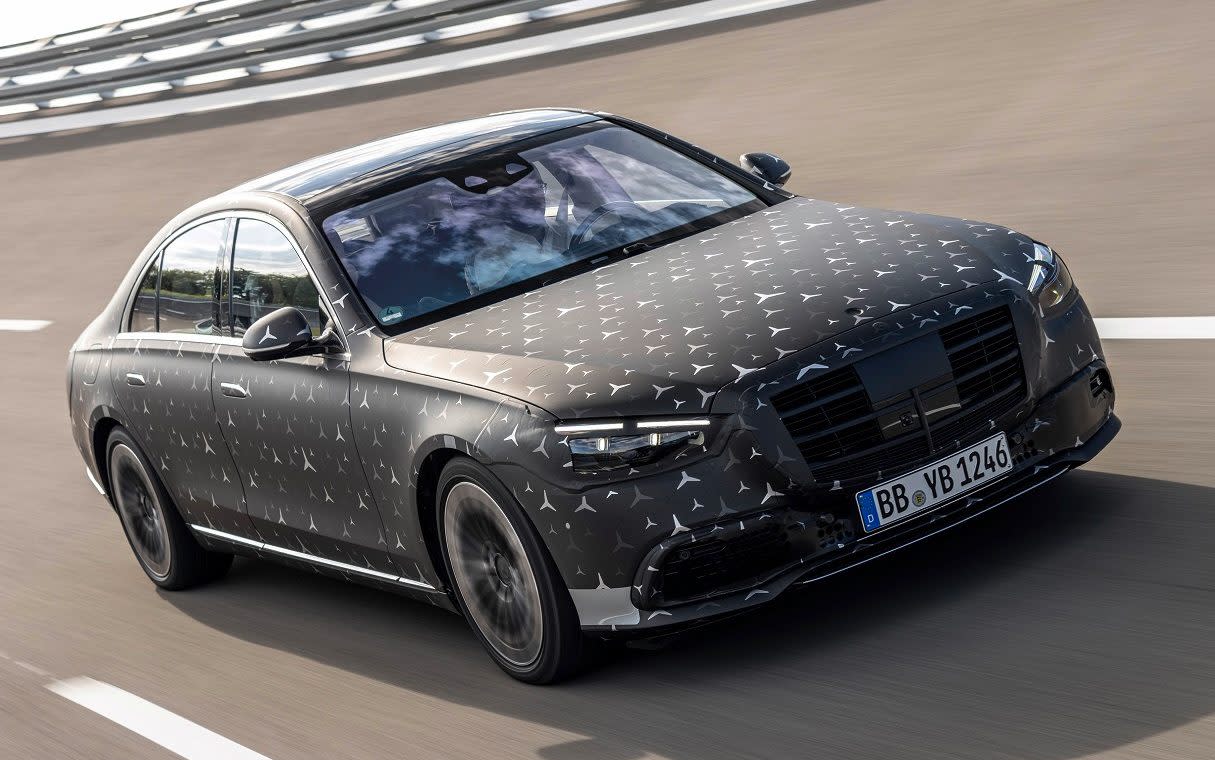
Mercedes-Benz engineers won’t have forgotten that through six generations and 48 years, the firm’s range-topping S-class has many times won the accolade “the best car in the world”. No pressure, then, for this autumn’s launch for the seventh-generation S-class.
Conceived in 1972 as the Sonderklasse (special class), the S-class has been a technology and luxury leader, traditionally engineered without regard to cost. This luxury saloon has traditionally debuted new safety technology such as the first European use of airbags and three-point seatbelts, and infra-red night vision, as well as helping to popularise innovations such as anti-lock brakes and crumple zones, along with the Pre-Safe technology, which is a catch-all name for the way the car prepares itself to protect its occupants if its sensors determine that an accident is inevitable.
No-cost engineering took a back seat at Mercedes-Benz during the decade 1995-2005 when Jürgen Schrempp was a cost-cutting chief executive but at the launch of the fifth-generation S-class in 2006 it was with some relief that Hermann-Joseph Storp, head of passenger-car strategic project management, flopped into his seat in front of journalists, pouring a large glass of wine and saying: “Ask me anything you want; the engineers are back in charge at Daimler-Benz”.
The S-class was also one of the world’s first self-driving cars, though the first model to be so capable, the 1995 S-class re-engineered by Ernst Dickmanns and his team at Bundeswehr University, was only a concept. Nevertheless, Mercedes missed a barn door-sized opportunity for the sixth-generation S-class of 2014 when it admitted that the concept had the capability of driving itself and could therefore potentially have been the world’s first autonomous car.
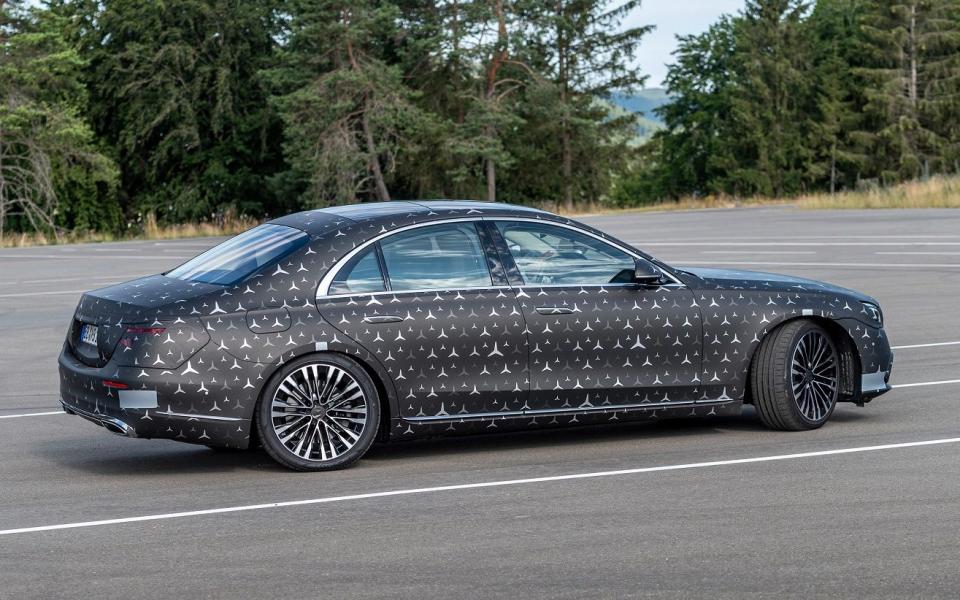
“The car would do it [autonomous driving] today,” said Jochen Haab, technical support manager at the time, “we have had test cars doing that, but what happens if a child steps out into the street and the radar misses it?”
That traditionally cautious approach dominated the release this week of a few technical highlights from the new, seventh-generation S-class.
I asked Oliver Thöne, project director for the new S-class, if the latest S-class would be able to drive itself. “That is a great question,” he replied, “but you will have to be patient, we don’t want to uncover everything before the launch.”
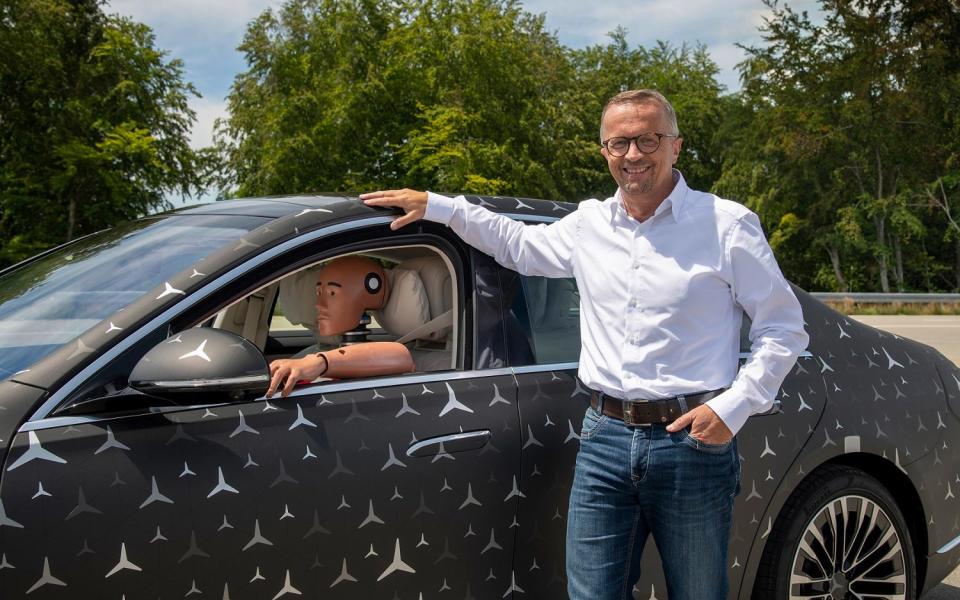
I did try to push him on the subject, but a telephone conference is hardly an ideal medium to extract information from engineers safe under the thumb of PRs in another country.
Instead Mercedes-Benz revealed details of the car’s rear-seat airbags, which unfold in a tubular structure inflated with compressed gas, to protect the rear occupants in the event of a frontal collision.
There’s also a new central front airbag, which prevents the possibility of front passengers clashing heads during an accident.
Rear-seat safety in the S-class has been a recurring topic since 1997 when Diana, Princess of Wales was fatally injured in the back seat of one after it collided with the wall of a tunnel in Paris.
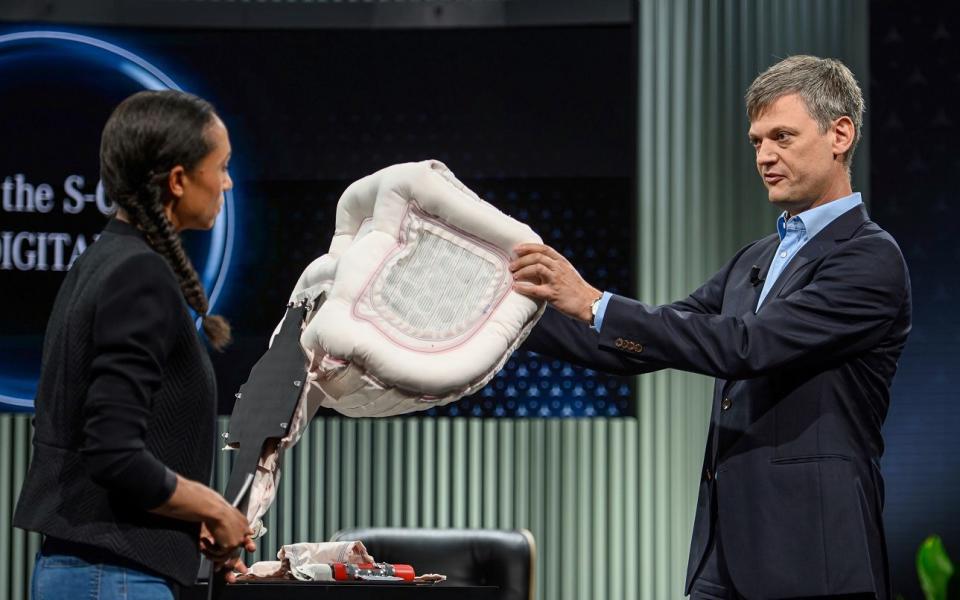
Would a rear airbag have saved the princess? Who knows, but it’s worth noting that the only survivor of that crash was also the only one who was wearing a seatbelt. Statistical data shows that over the years the S-class has proved itself to be one of the world’s safest cars.
Another safety innovation (although Audi has a similar system), is the way the air suspension can jack up the car if the systems detect an imminent side impact. This is part of the Pre-Safe system and raises the side of the car by 80mm to bring the strong lower frames into contention in a collision.
The rear-steering system is also something of a first, being capable of turning the rear wheels in opposite directions by up to 10 degrees at low speeds, which is designed to increase agility and reduce the turning circle. The innovation here is the amount of turning angle; most systems turn the wheels by a much smaller amount. Above 37mph, the rear wheels turn in the same direction as the fronts (but by a much-reduced angle) to increase stability.
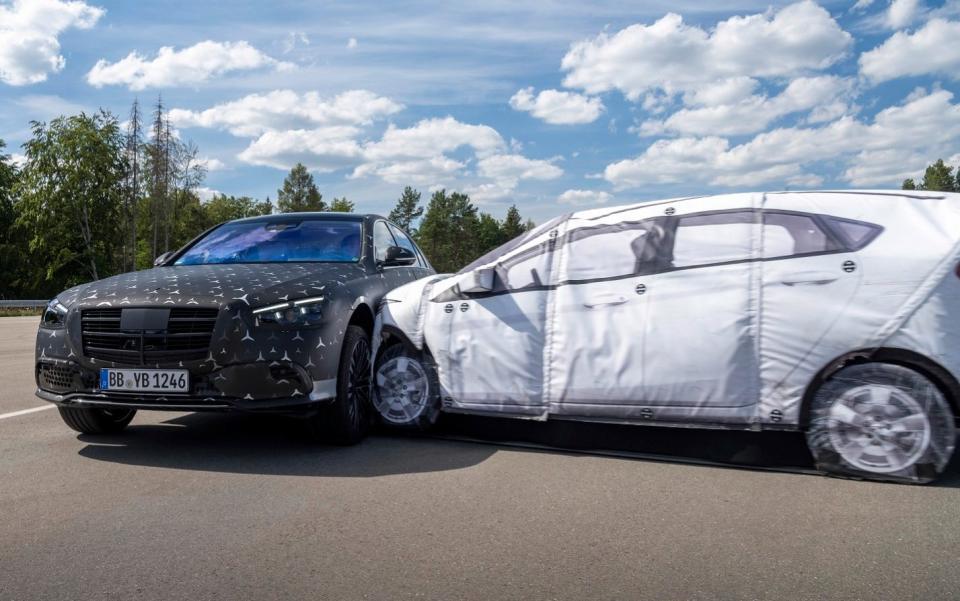
Mercedes-Benz is still trying to work out how to launch its new flagship in a Coronavirus-ravaged world, but it seems likely we’ll be able to report from behind the wheel within the next couple of months at least. In a world turning towards electric and (arguably) fuel-cell power, there’s less concentration on super saloons such as the S-class and this year’s debut of Mercedes’ battery-electric EQS (which, despite its name, is not an electric version of the S-class) will perhaps garner more media coverage.
The S-class remains, however, an important bellwether of automotive technology and road safety innovation. The big question however, remains for the moment, unanswered: will it drive itself?

For tips and advice, visit our Advice section, or sign up to our newsletter here
To talk all things motoring with the Telegraph Cars team join the Telegraph Motoring Club Facebook group here

